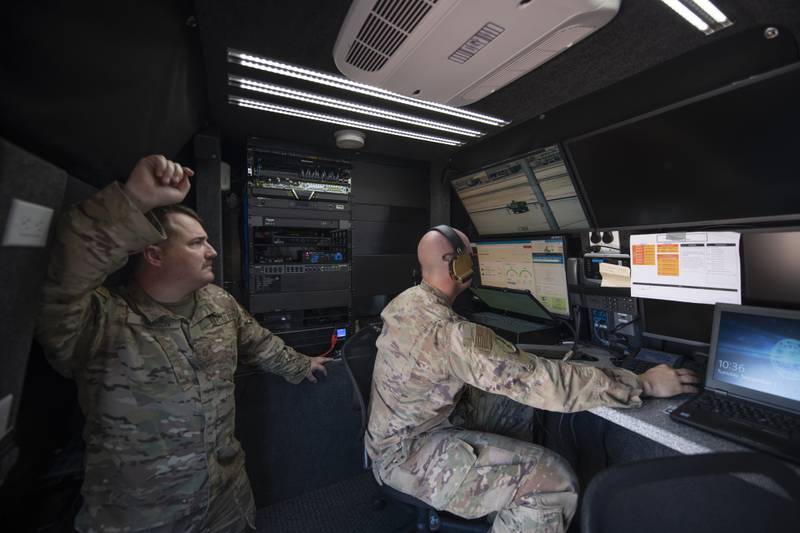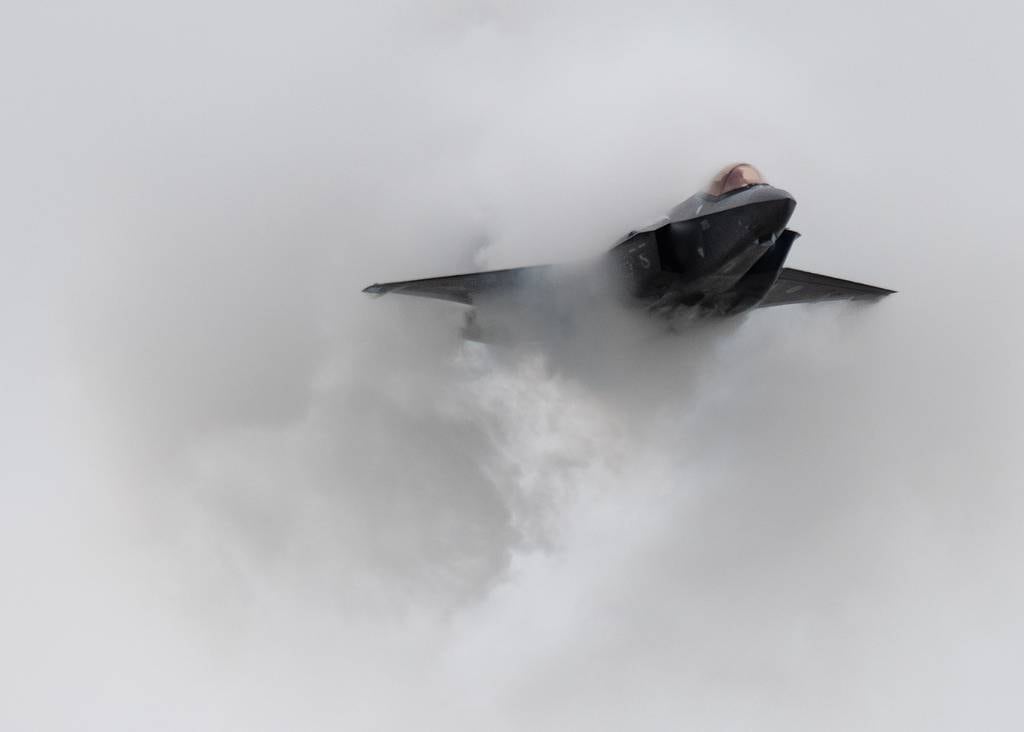WASHINGTON — The U.S. Department of the Air Force is committed to cloud computing and migration, and in the near future could become “a cloud-first place,†according to Chief Technology Officer Jay Bonci.
The investment in cloud at the department, which includes the Air and Space forces, stems from a need to be durable, adaptable and always connected, Bonci told C4ISRNET during a livestreamed event Dec. 14. The forces are among the most spread out, with systems stretching to the stars and bases dotting the U.S., Europe and Asia.
“In the beginning, it was about cost, right? It was about shutting down data centers. I think you heard years and years ago the talk of, ‘Oh, we’re going to reduce the number of data centers,’ which is still a laudable goal,†he said. That, though, is no longer the driving force: “For us, we have to think about cloud as being a part of a resilience baseline, and to change the message from a cost-saving-type message to one of agility and resilience.â€
RELATED

The Air Force a few years ago launched Cloud One, a platform that provides access to apps and information and broader connectivity using virtual assets from big-name players including Amazon and Microsoft. Science Applications International Corporation now holds the contract, worth hundreds of millions of dollars.
Bonci considers Cloud One a big win as well as a foundation for future endeavors.
“Cloud One has been principally focused on a PaaS baseline, so platform as a service, with a heavy focus on refactoring apps to take advantage of PaaS. And in so doing, it has cleaned up a lot of technical debt,†he said. “Undoubtedly, Cloud One has been a huge success, but it’s going to have to continue to look at how it gets more and more and more customers.â€
Cloud One’s successor, Cloud One Next, or C1N, was teased by the department in a November request for information. The documents asked companies how they “might approach managing and modernizing Cloud One†while factoring in “recent government leadership direction.†The National Defense Strategy and the Air Force chief information officer’s strategy for fiscal 2023-2028 were attached to the notice.
Bonci on Wednesday said industry responses were diverse and substantive. Submissions are under review.
“We’re looking at a couple of different kind of economic models for how we continue to get cost efficiency and get scale for how we’re able to get more applications into the cloud,†he said. “Really, the focus is going to be on adoption.â€
The department is also investigating what the Pentagon’s recent $9 billion cloud-computing deal with Amazon, Google, Microsoft and Oracle, known as the Joint Warfighting Cloud Capability, means for its own efforts.
RELATED

Defense Department officials on Dec. 8 said the JWCC arrangement — the follow-up to the scuttled $10 billion Joint Enterprise Defense Infrastructure undertaking — is meant to complement service-level cloud initiatives, not override them.
Bonci said the Department of the Air Force has “some feelers out now to understand how they want to administer it, being IDIQ-based versus, sort of, reseller-based.†There are “some outstanding questions,†he said, “and we’re going to continue to look.â€
Each task order under the indefinite delivery, indefinite quantity JWCC will be competed for. The individual companies are only guaranteed $100,000, defense officials said, with the internal rivalry expected to drive down costs and engender best-of-class services.
Colin Demarest was a reporter at C4ISRNET, where he covered military networks, cyber and IT. Colin had previously covered the Department of Energy and its National Nuclear Security Administration — namely Cold War cleanup and nuclear weapons development — for a daily newspaper in South Carolina. Colin is also an award-winning photographer.








